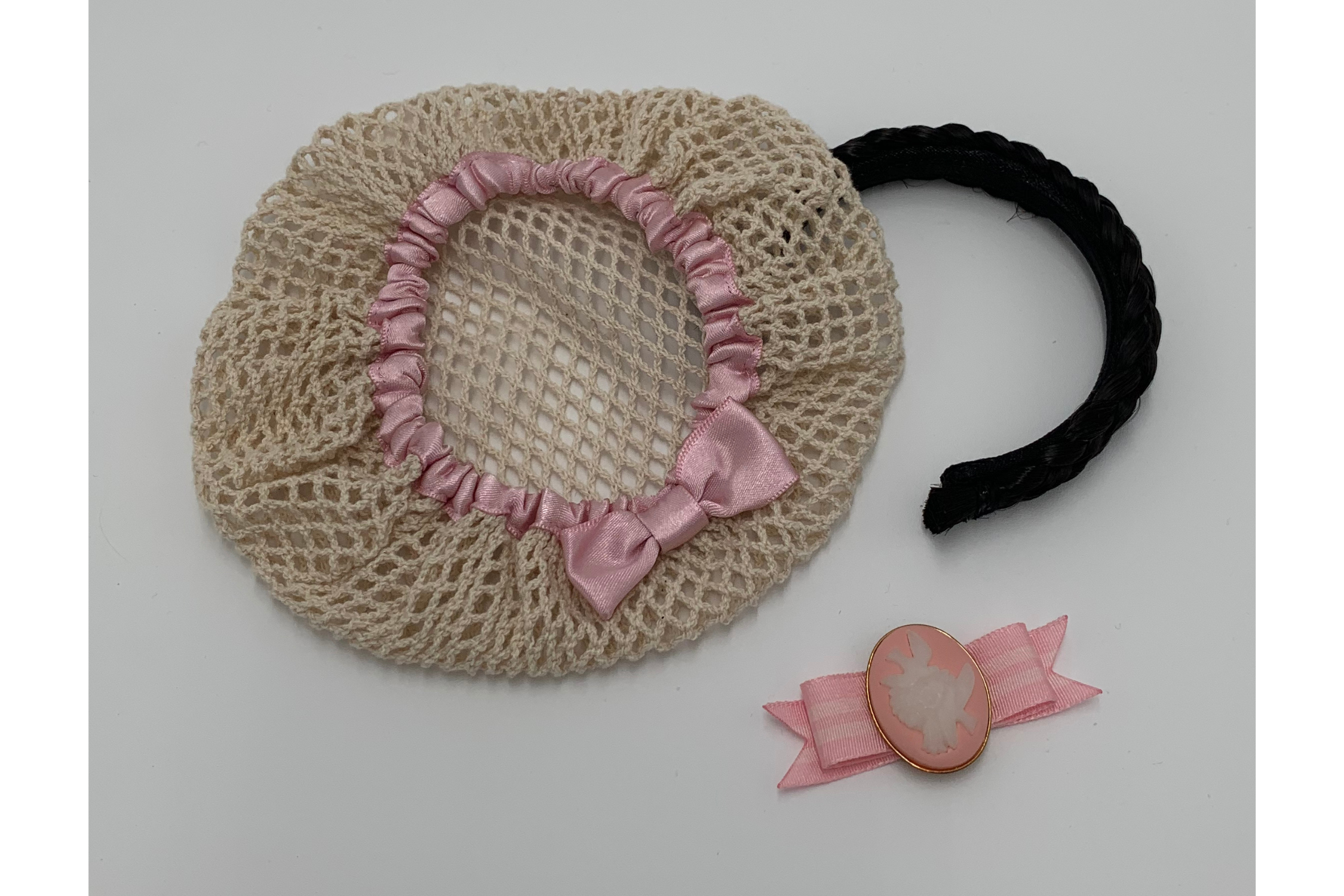Pleasant Dreams, Addy
“When Addy and Momma first arrived in Philadelphia after their escape from enslavement in North Carolina, they lived in the small garret room above the dress shop where Momma worked. Before long, they moved into a boarding house near the shop.
In Addy’s time, many people in American cities rented rooms in boarding houses. If family members didn’t have much money or if they were hoping to save money, they lived together in just one rented room. All the people who lived in the boarding house ate their meals together. The woman who ran the boarding house or her helpers prepared all the meals for the renters.
When Addy and Momma lived in the garret, there was only one bed, and they had to share it. When they moved to the boarding house, Addy had her own bed. The simple low-post bed had ropes stretched across its frame to support the mattress. Addy especially liked to lie in bed on cold mornings and snuggle under her warm quilt. In Addy’s time, women cut out fabric figures and shapes and sewed them onto quilts to make pictures.
On cold nights before bedtime, Addy wore her knitted wool slippers and wrapped her knitted shawl, or heartwarmer, over her pretty flannel nightgown. The shawl could be tied around Addy’s waist to keep it close to her body for warmth. Every morning and night, Addy washed her hands and face with water she poured from an ironstone pitcher into a bowl. The pitcher and bowl were kept on a wooden washstand. The washstand had side bars where Addy could hang her cotton towel. It also had a drawer for her bedtime book, “Mother Goose in Hieroglyphics.” The book was written partly in pictures, or hieroglyphics, and partly in words.
When Addy wasn’t wearing her cowrie shell necklace, she kept it in a secret compartment in the big wooden trunk that Momma used for storage. Addy liked to read the newspaper pagers that lined the inside of the trunk. The pages were filled with news stories about the Civil War. When Addy read them, she thought of her brother Sam, who wanted to be a Union soldier. She wondered if he had escaped enslavement and was somewhere fighting in the war. Every night she hoped she would see him in her dreams, returning safely to Philadelphia.
Click each photo below to explore each item in this display.
Classic Addy's Nightgown
Classic Addy’s Heartwarmer and Slippers
Classic Addy’s Family Album Quilt
Classic Addy’s Rope Bed
Classic Addy's Nighttime Necessities
Classic Addy's Washstand
Classic Addy's Trunk
Classic Addy’s Scenes and Settings
Classic Addy's Work Shoes
Classic Addy's Shoes and Socks
Classic Ribbons for Addy
Classic Addy's Hairstyling Set
BeForever Addy's Nightgown
BeForever Addy’s Crinoline and Chemise
BeForever Addy's Bed and Bedding
BeForever Addy's Bedroom Accessories
BeForever Addy's Hairstyling Set
Classic Addy’s African Dance Outfit of Today
Looking Back: Living Situations for African Americans During and After the Civil War
By: Leah Jenkins, Assistant Researcher
African American’s living situations during the Civil War were varied. In the north, free Blacks lived in cities or their neighborhoods outside of commercial and residential areas. Meanwhile, enslaved housing in the South was determined by a multitude of factors. Enslaved quarters were determined by whether it was an urban or rural setting, the size of the plantation, and the dwelling’s proximity to the enslavers’ homes. Enslaved quarters were no longer the barracks of the 1600s as enslaved individuals were an economic investment, and losing one meant a major monetary loss. Family structures determined enslaved housing as families were kept together, and the closer to the master’s house, the better the furnishing.
The end of the Civil War and the Emancipation of enslaved individuals created major shifts in African American living situations. Too poor and uneducated, many former enslaved individuals were unable to leave the South. With few options, some freedmen were forced to work for the people who formerly held them in bondage. Sharecropping allowed a tenant to use a landlord’s land in exchange for a share of the crop. Landlords leased farm equipment, seeds, fertilizer and housing on high-interest credit to be paid back by the yearly harvests. Ultimately, former masters conserved the slavery system as tenants were left indebted to landlords.
Those able to leave the South joined large migrations out West. Inspired by President Abraham Lincoln’s promise of “40 acres and a mule,” Exodusters moved west in hopes of economic prosperity. African Americans’ living situations continued to be defined with the introduction of Jim Crow laws. Zoning laws segregated African Americans into their blocks and neighborhoods away from white-dominant spaces.
References:
• https://encyclopediavirginia.org/entries/slave-housing-in-virginia/
• https://www.history.com/topics/black-history/segregation-united-states
• https://www.pbs.org/tpt/slavery-by-another-name/themes/sharecropping/
• https://www.nps.gov/home/learn/historyculture/exodusters.htm




















